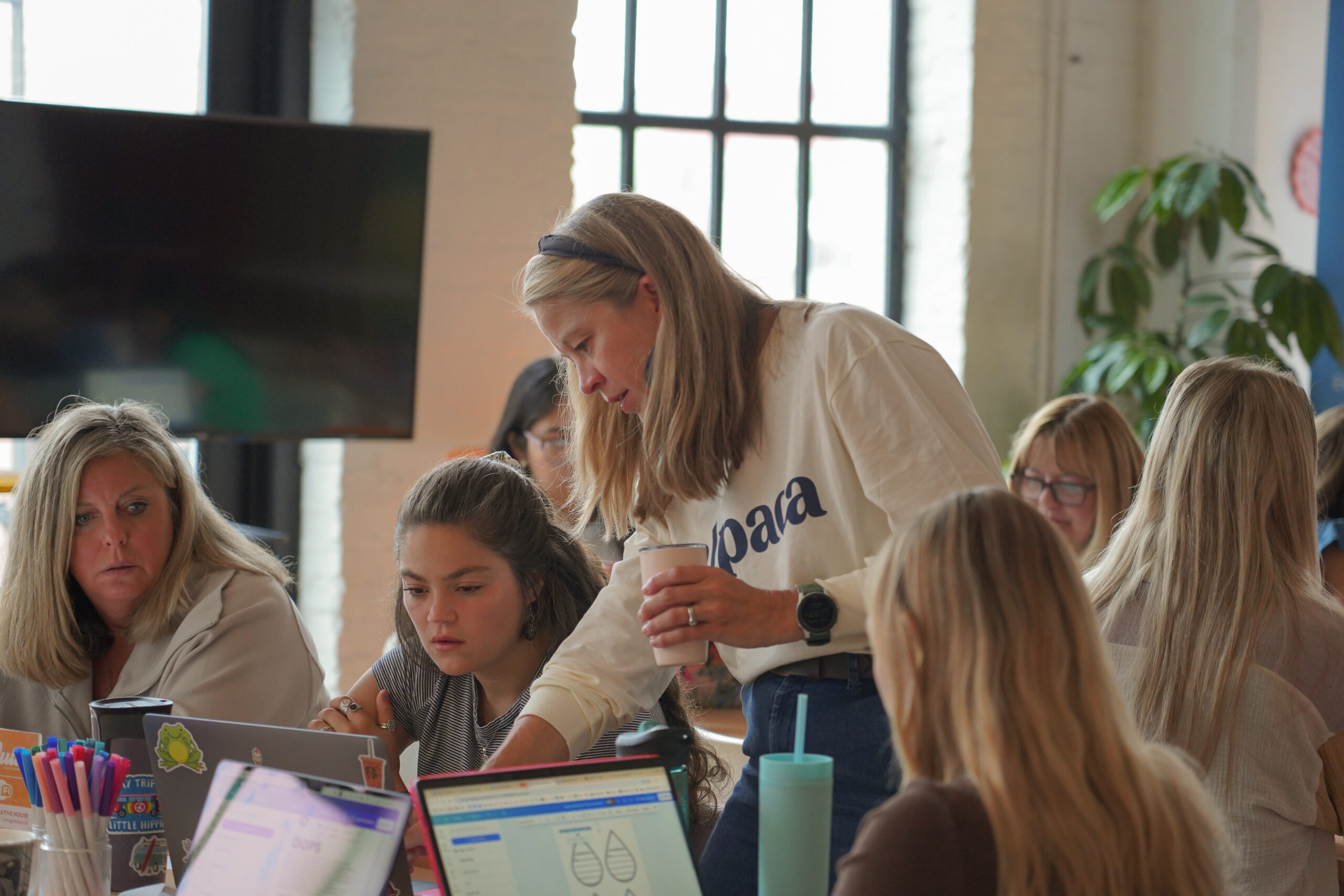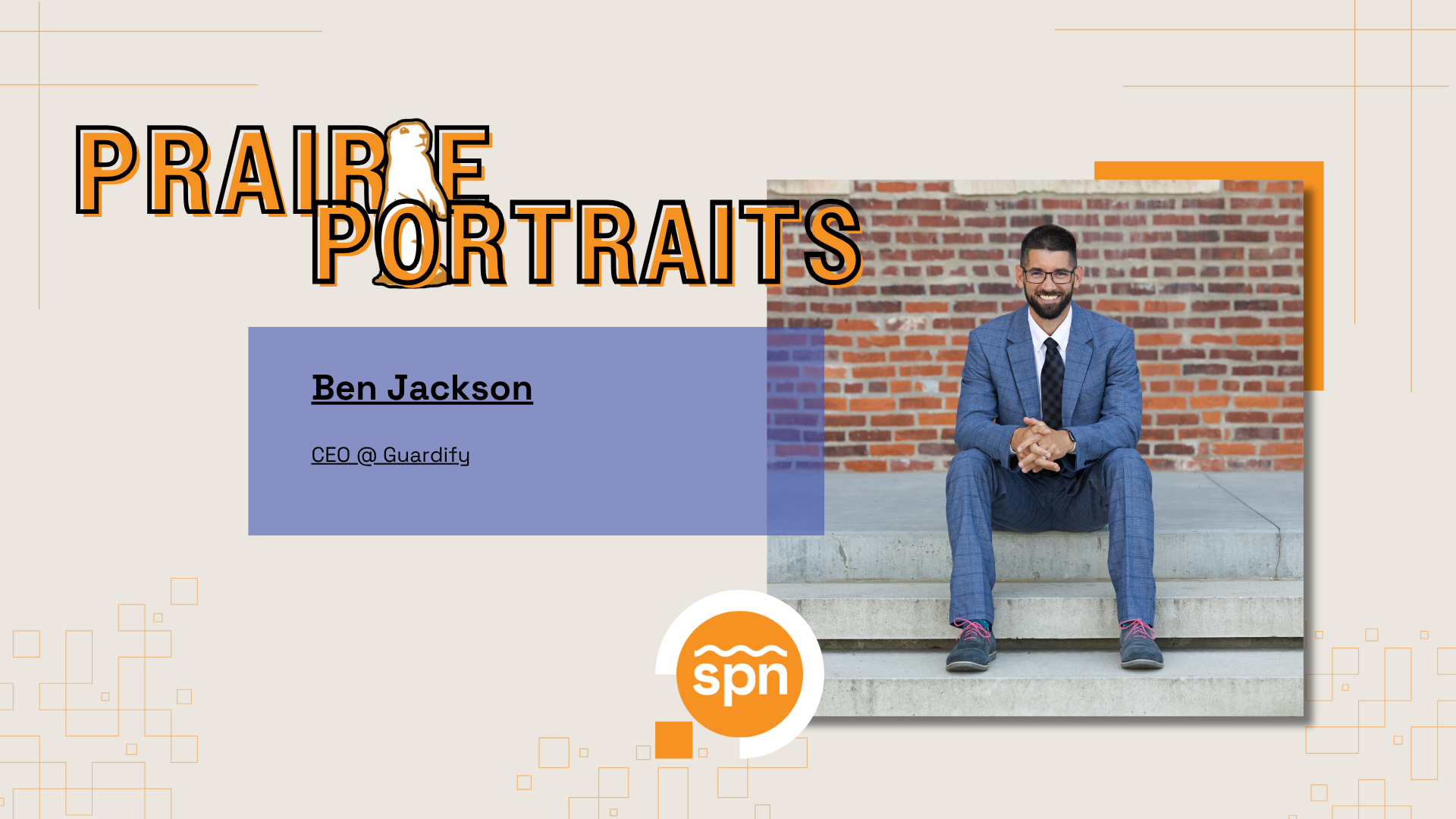Givesource, a software platform for community foundations hosting giving days, announced today that it is now available as open source software. This makes Givesource the only giving day platform that can be used for free, while also making it possible for software developers around the world to contribute new features.
The platform was developed in 2017 through a collaboration among Lincoln-based marketing and software company Firespring, the University of Nebraska-Lincoln Raikes School of Computer Science and Management, and the Lincoln Community Foundation.
“This software puts control in the hands of the community foundations and the nonprofits they support,” said Firespring CTO Jason Wilkinson. “We were adamant that it be open source because we see Givesource as a gift to the nonprofit community.”
Using Givesource for its 2017 Give to Lincoln Day, the Lincoln Community Foundation raised a record-breaking amount, saw a 20 percent increase in donations and saved $74,000 in fees the foundation and participating nonprofits would have otherwise paid. The 2018 Give to Lincoln Day on May 31 produced record results of more than $4.5 million raised for Lincoln nonprofits in one day.
“Givesource provided Lincoln Community Foundation with the giving day platform we had been searching for,” said Michelle Paulk, Lincoln Community Foundation Program Coordinator. “It’s simple to use and allowed our staff to control aspects of Give to Lincoln Day that we hadn’t been able to manage on our own in previous years.”
Jay Wilkinson, Firespring CEO, serves on the LCF board and was appalled when he learned how much the foundation was paying for their previous online giving platform. That led to the collaboration with the Raikes School.
“He heard what they were paying and it stunned him,” Jason Wilkinson said. “We were looking for a project for the Raikes Design Studio, and Jay was passionate about attacking the issue.”
Design Studio projects pair teams of Raikes students with technology professionals to create software solutions to business problems.
“We’ve been working with Raikes for years, but it had been awhile since we did our own project,” Wilkinson said. “We were looking for a self-contained project that didn’t require waiting on other things.”
The software was built using a new, serverless architecture that doesn’t require provisioning, maintaining or securing expensive servers. The code is hosted on Amazon Web Services’ cloud-based platform in order to keep costs low, accommodate large spikes in site traffic and ensure no downtime during giving day events.
“One of the cool things about Amazon Web Services Lambda is that it has so few components,” said Wyatt Goodin, project lead from the Raikes School. “So much is handled for you, which has its benefits and drawbacks, but it’s an interesting new way of things working.”
By eliminating the need for server maintenance activities such as configuring, patching and backups, the serverless architecture removes a number of potential points of failure.
“We put a year’s worth of work into this 24-hour period,” Wilkinson said. “The one worry is servers going down. If that happens, you lose credibility and look like fools to your board.”
After the initial rollout for the 2017 Give to Lincoln day, Firespring engineers spent the next year refining the platform for this year’s event. And they were standing by to quickly address any issues.
“We’re really doing our best to take care of them,” Wilkinson said. “We pushed out a couple of bug fixes and have been on standby for the last 24 hours.”
With the launch of Givesource as an open source platform, other community can download and customize the software for free. But they are generally on their own.
“Right now, we’re trying to get this out and get people using it,” Wilkinson said. “We know the first couple will be a little higher risk, and we’ll chip in as we get it off the ground.”
Wilkinson said the setup process is very easy. The platform includes payment processing through Payment Spring, although users are free to use other providers.
“You can go to the Amazon Web Services repository, click once and answer a few questions, and it builds out the entire thing for you,” he said. “We’ve integrated with Payment Spring because we have a relationship with them.”
Since the platform is free and open source, what’s in it for Firespring?
“Right now it’s an exercise in corporate philanthropy,” Wilkinson said. “We assume at some point people will come back and not be able to run this themselves. We’ll tackle that when we get there. We wanted to make sure we were taking care of LCF, release it and see where things go from there.”
There is also value in brand placement and recognition.
“There is certainly some branding involved in this,” Wilkinson said. “We do sell products for non-profits, and Firespring is exposed as a brand through all this.”
“We were really motivated to get a product out the door that solves a specific need and disrupts the way things were being done,” he added.
––
Rod Armstrong is the Vice President of Fundraising at AIM Institute and a regular contributor to Silicon Prairie News.





